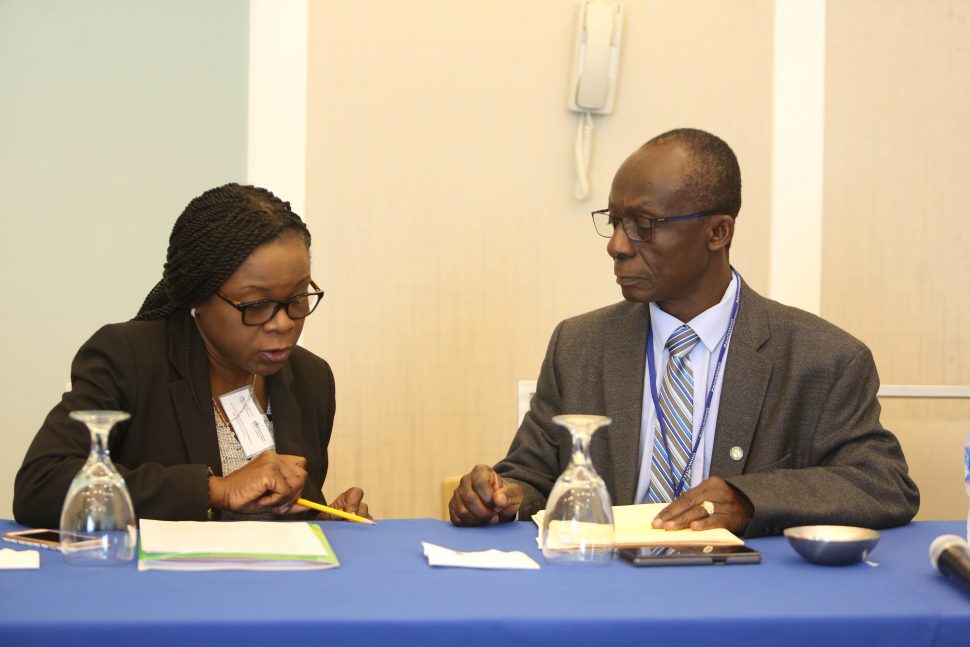The Ministry of Public Health, along with the Pan American Health Organisation/ World Health Organisation (PAHO/ WHO), will be adding a new drug to its Lymphatic Filariasis campaign and extending the campaign’s reach, with the hopes of eliminating the disease by next year.
The campaign will now see the mass administration of Ivermectin, Diethylcar-bamazine and Albendazole, in all 10 administrative regions, beginning this year.
A release from the Department of Public Information (DPI) noted that Mass Drug Administration (MDA), “is a WHO-recommended preventative chemotherapy strategy” to stop the transmission of a Lymphatic Filariasis infection. It involves administering preventative chemotherapy to all eligible persons in endemic areas to reduce the parasites in the blood and the prevalence of the infection in the communities to levels low enough that transmission cannot be sustained. “When the level of infection has been reduced below target thresholds MDA is considered no longer required,” it stated.
“Guyana has signalled the political will to implement the use of triple therapy, IDA, where we will be using Ivermectin, Diethylcarbamazine and Albendazole from 2019. Two successful years of IDA coverage of over 80 percent is mandatory if Guyana is to be successful in the interruption of transmission by 2020. Our current use of DA (Diethylcarbamazine and Albendazole) will not achieve this and therefore we don’t really have much choice, we have to embrace IDA if we want to qualify,” Deputy Chief Medical Officer of the Ministry of Public Health, Dr. Karen Campbell stated.
Following on Campbell’s point, DPI explained that in order for a country to qualify for elimination status with regard to Lymphatic Filariasis, it would have had to achieve five successful consecutive years of MDA using the double-drug therapy of Diethylcarbamazine and Alben-dazole, and those drugs would have had to have been administered countrywide.
However, DPI noted that locally, successes in MDA— which began in 2016—were only achieved in 2017 and 2018, and the drugs were only administered in Regions Three, Four, Five and Ten.
It was noted that WHO’s target for qualifying for the elimination status is 65 percent countrywide coverage of the MDA.
“Key to scaling up the geographical coverage to 100 percent is a remapping survey which is being conducted in six regions that have not yet implemented the mass drug administration. This survey will give an updated picture as to which other implementation units need to be included in the mass drug administration exercise,” Campbell related.
The release said that stakeholders believe achieving 100% geographical coverage within the next two years is possible, considering that coverage in the last two surpassed the target.
It was noted that this new strategy will draw on the previous method of administration, where schools and workplaces were targeted, with support coverage being provided at fixed points such as market places and religious institutions, and mop-up exercises being executed in targeted households.
It was pointed out that Guyana and Haiti are the last two countries in the Americas to be involved in actively eliminating Lymphatic Filariasis, with Brazil and the Dominican Republic having made progress in this regard, now being in the assessment phase.





